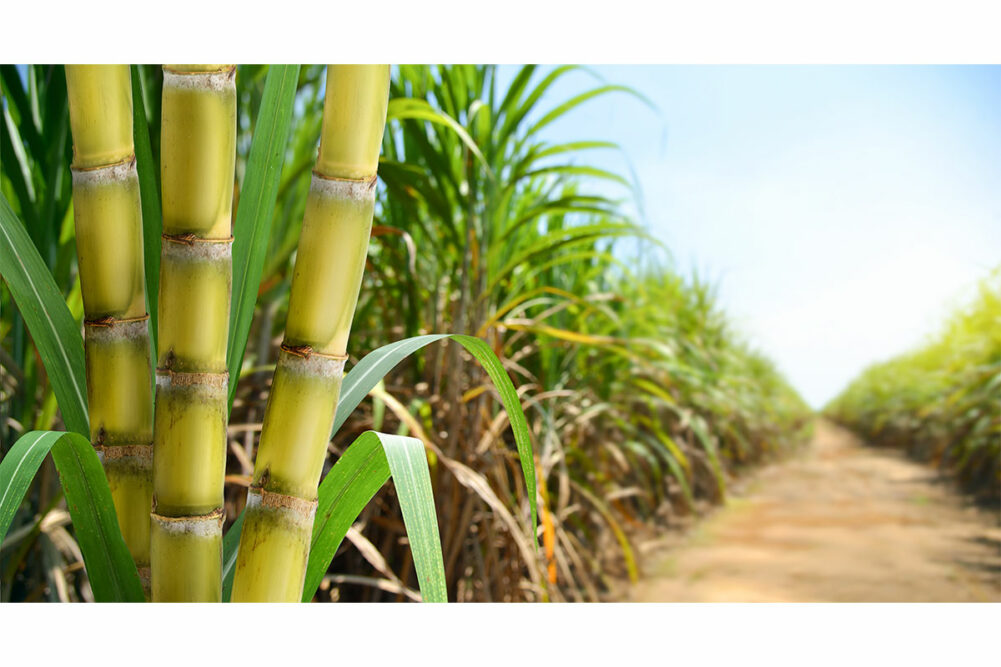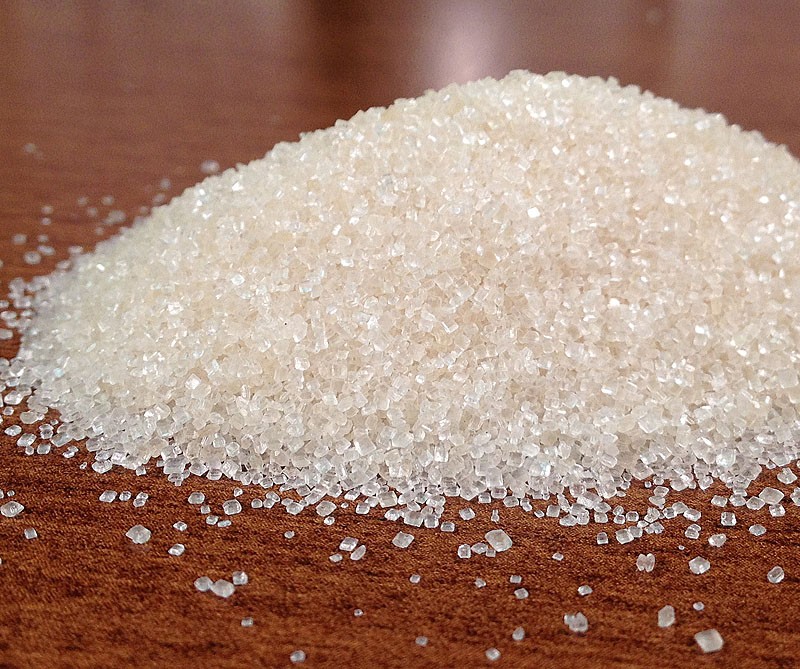Recognizing the Critical Strategies and Technologies Utilized in Modern Walking Stick Sugar Processing
The development of walking stick sugar processing has been considerably shaped by the integration of sophisticated techniques and innovations that resolve both effectiveness and sustainability. Enzyme-assisted removal and innovative refining methods have reinvented return optimization, while automation helps with functional reliability. Additionally, the focus on lasting techniques reflects a growing recognition of environmental influence. As we check out these crucial advancements, it comes to be vital to examine just how they not only enhance manufacturing but also align with more comprehensive sector fads and consumer demands, elevating concerns regarding the future of sugar processing and its implications for global markets.
Historic Context of Cane Sugar Handling
The historical context of walking stick sugar processing reveals an abundant tapestry of farming development and social exchange that has formed its development over centuries. Originating in Southeast Asia, sugarcane was cultivated as early as 8000 BCE - Cane Sugar Processing. The process of drawing out and refining sugar obtained momentum in India, where techniques for formation were developed around the sixth century. This understanding went across to the Middle East, and by the 12th century, sugar came to be a valued product in Europe, resulting in the facility of sugar ranches in the Mediterranean.

Advanced Removal Strategies
Effectiveness in walking cane sugar extraction has actually seen considerable developments, driven by the requirement for higher returns and lower manufacturing costs. This method not only raises sugar yield yet also reduces the energy needed for processing.
Furthermore, the adoption of membrane layer filtration innovations, such as nanofiltration and reverse osmosis, has actually changed the splitting up of sugar from pollutants. These approaches allow for the careful permeation of sugar molecules while preserving larger contaminants, improving the extraction process and lessening waste.
Additionally, the assimilation of continual extraction systems has led to boosted operational performance. Cane Sugar Processing. These systems maintain a constant circulation of walking cane material, guaranteeing ideal removal conditions and minimizing downtime related to batch processing
Cutting-edge Refining Technologies
Refining methods in walking cane sugar processing have gone through a transformative change, driven by the need for higher pureness and improved item high quality. Among one of the most noteworthy developments is the adoption of membrane layer filtration modern technologies, such as ultrafiltration and nanofiltration. These processes successfully get rid of contaminations and colorants without the need for comprehensive chemical treatments, therefore maintaining the sugar's all-natural taste and enhancing its allure.
An additional substantial improvement is making use of ion exchange resins, which permit discerning removal of undesirable ions from sugar remedies. This technology not just enhances the overall pureness of the end product yet also adds to reduced waste and environmental influence.
Moreover, improvements in adsorption techniques, making use of activated carbon and various other advanced materials, have actually confirmed efficient in decolorizing sugar services while maintaining optimum top quality. The assimilation of these ingenious refining innovations makes sure that makers can produce polished sugar with premium quality and taste, fulfilling the progressing preferences of customers.
Automation and Control Systems
Current improvements in refining technologies have actually led the method for substantial enhancements in automation and control systems within walking cane sugar processing centers. These systems utilize advanced software and equipment to enhance operational efficiency, minimize human mistake, and ensure constant product high quality.
Modern automation integrates numerous elements, consisting of sensors, actuators, and programmable logic controllers (PLCs), allowing real-time tracking and control of vital procedures. For circumstances, flow, stress, and temperature level prices can be specifically controlled during extraction, clarification, and crystallization stages, enhancing performance and decreasing waste.
Furthermore, advanced data analytics and artificial intelligence formulas play a critical function in anticipating upkeep, permitting operators to anticipate tools failings before they take place. This proactive method not just lowers downtime yet also expands the life-span of equipment.
On article top of that, automation assists in the application of Industry 4.0 principles, equipping sugar mills to attain better connection and information exchange throughout processes. Therefore, decision-making comes to be even more dexterous and enlightened, inevitably boosting the total competition of walking stick this post sugar manufacturing. With these innovations, the market is well-positioned to meet expanding global demands while keeping functional quality.
Sustainability Practices in Sugar Production
Sustainability methods in sugar production have actually ended up being progressively important as the sector seeks to stabilize financial feasibility with ecological obligation. As consumer recognition expands pertaining to the ecological effects of farming techniques, sugar manufacturers are embracing innovative approaches to lower their environmental footprint.
One significant technique is the application of accuracy agriculture strategies, which utilize data analytics to maximize source use, such as water and fertilizers. This decreases waste and minimizes the effect on local ecological communities. Moreover, several producers are transitioning to renewable power sources, such as biomass from sugarcane results, to power their procedures, thus reducing dependence on nonrenewable fuel sources.
Water management methods are also important; rain harvesting and efficient irrigation systems assist minimize water deficiency problems. Cane Sugar Processing. Additionally, incorporated insect administration approaches minimize chemical usage, advertising biodiversity and dirt wellness
Company social obligation efforts are emerging, with companies purchasing neighborhood neighborhoods and making sure reasonable labor methods. By accepting these sustainability practices, the sugar sector not just improves its credibility but additionally adds to a much more sustainable farming landscape, leading the way for future generations.

Conclusion
In summary, contemporary walking stick sugar handling includes a series of advanced methods and innovations that significantly enhance efficiency, yield, and sustainability. The fostering of cutting-edge extraction and refining techniques, together with automation and control systems, promotes improved operational efficiency and item quality. Additionally, the focus on lasting techniques highlights a dedication to decreasing environmental effect and advertising moral production. Jointly, these advancements position the walking stick sugar industry to satisfy modern demands while dealing with essential global obstacles.
The advancement of walking stick sugar handling has been significantly formed by the assimilation of sophisticated techniques and modern technologies that resolve both effectiveness and sustainability.The historical context of cane sugar handling exposes a rich tapestry of farming technology and cultural exchange that has formed its advancement over centuries. Technologies in milling and refining emerged, laying the groundwork for modern-day cane sugar processing.Refining strategies in cane sugar processing have undergone a transformative shift, driven by the need for greater purity and enhanced item quality.In summary, contemporary walking cane sugar processing integrates a variety of innovative techniques and modern technologies that considerably improve sustainability, return, check over here and performance.
Comments on “Advanced Cane Sugar Processing: Enhancing Efficiency and Sustainability”